
A quick visit to see our Digital Dwelling at Skara Brae film in the Jim Pattison exhibition at the Pier Arts Centre in Stromness.
Back at my desk in Glasgow after another fantastic week up in Orkney working at the Links of Noltland on Westray with usual suspects Kieran and Aaron as well as musician and sound-man extraordinare John Was . This was our second trip up North this summer (you can read about our first trip in an earlier post) as part of continuing work to produce interpretive content for the site on behalf of Historic Scotland, who kindly grant support our work on this project. As you can see from the above picture we made a quick stop off at the Pier Arts Centre in Stromness to see how the film has been doing. It’s been really interesting to show the Digital Dwelling at Skara Brae work at both the gallery and on site as inevitably the reaction has been very different between the two locations in terms of preconceived expectations.
After the Pier we had some time before our next ferry so it was straight to the Ness of Brodgar excavations where Nick Card of ORCA took us round the site and talked us through each structure, before showing us some of the fantastic decorated stones excavated over the course of the project in the site hut. We then caught the ferry over to Westray where we’d be based for the week.
Our first day on site got off to a great start with a tour from one of the directors Graeme Wilson of EASE Archaeology who walked us round the trenches they have open this season. The main structure being excavated is a Neolithic building nestled between two sand dunes which has turned up some really interesting carved art. The entrance is to the middle of the above photograph, with ‘dresser’ settings and a concealed chamber visible directly opposite (to the bottom right hand side of the photo).
Having re-familiarised ourselves with the site (which felt very different to the wild and lonely place we’d visited back in May now the excavators were digging) Aaron and I set up to do some pole photography of structure 7 that evening, while Kieran got the kite rig up in the air and John began recording some environment sound bites.
Following the methodology explored and developed through the Skara Brae work (described through specific posts here) I’ve found that sketching is a brilliant exercise in teaching myself to engage more closely with a site. I find that drawing really helps me to see structures in more detail and begin to understand their form and place any interpretation in context. Arriving into an excavation half way through the season for only a week tasked with producing visual and audio content to reflect the excavations and current interpretations of the site was never going to be an easy task. So much of a persons understanding of a place relies on time spent there, essentially ‘dwelling’ within the site and its landscape, not just on reading reports and a brief site visit.
Part of our remit for our field visit was to conduct interviews with the excavators, not only to generate more material for potential outreach, but to further our understanding of the archaeology of the site first hand from those who have spent weeks, months, and in a couple of cases even years working at Noltland. Conducting the interviews was really interesting (and a lot of fun!), I think it really helped that both Aaron and I have backgrounds in Neolithic archaeology and had both previously dug before as in some cases we were able to go quite a bit deeper with our line of questioning.
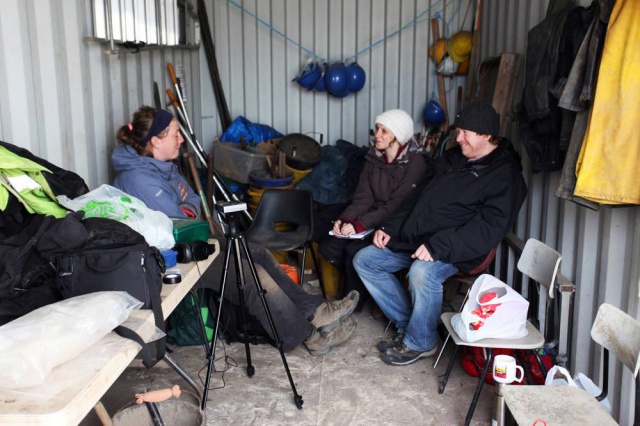
John and I interviewing Joanne – photo by Graeme Wilson from the Links of Noltland Facebook page which I would encourage everyone to follow as it’s a brilliant way of keeping up to date with the dig as it happens!
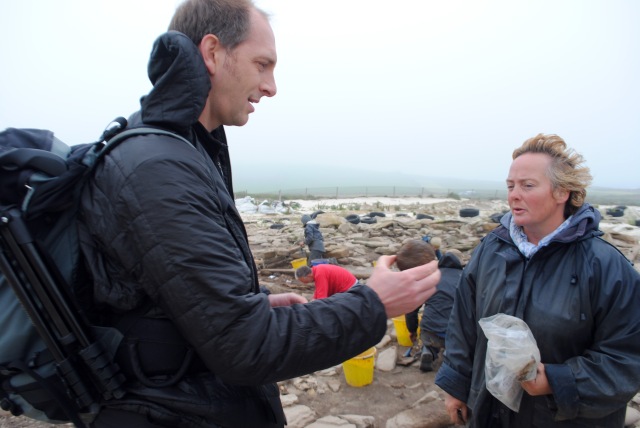
Aaron chatting with site director Hazel on site while flourishing what was hoped to be another carved stone ball… but turned out to be a probable pounding stone.
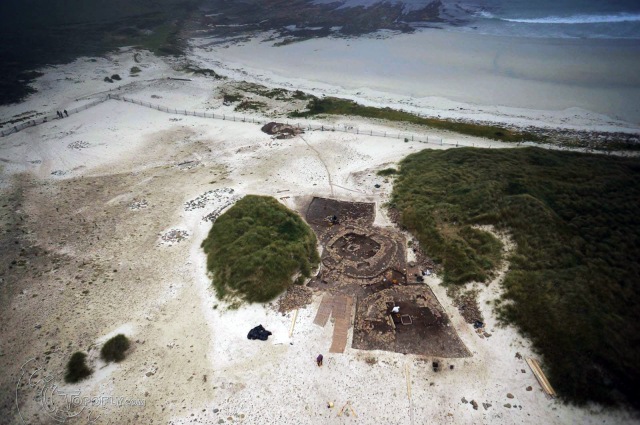
One of Kieran’s fantastic kite photos of the excavations, you can see more of his work on his research blog at Topofly.
We also conducted quite a bit of photogrammetry over the course of the week ranging from scratch art to the Pierowall stone in the Westray Heritage Centre which was discovered not too far from the Links of Noltland at the site of a contemporary chambered tomb and boasts strikingly similar motifs to some of the pottery found on site – it is also very reminiscent of the Boyne Valley chambered tomb art in Ireland. Though the Pierowall stone is not directly connected to the current excavations at Noltland, we felt it was important to consider the context of the wider landscape in order to enrich our representation of the site.
In fact, there was a lot to consider in the wider landscape of Westray which proved to be useful in beginning to think about representing the site. For one the enormous sperm whale skeleton outside the Heritage Centre in Pierowall got us thinking about the whalebone remains found at the Links of Noltland. Ribs are believed to have been used alongside driftwood for some of the roofing construction in the Neolithic Grobust building and an excavated vertebrae could have been used as a working surface, or potentially even a comfortable seat. There is also an ongoing cattle theme running through the Neolithic structures on the site, where cattle skulls and other bones have been purposefully placed within walls or in the foundations. Though the highland cows in the field next to the site are a different breed to those which would have been kept at Noltland in prehistory they were useful inspiration and got us thinking about how to go about representing animals in any proposed interpretive content.
John was keen to record sound bites from the surrounding natural landscape, and in particular to work out the pitch of the sea in order to compose a soundtrack which reflected and was inspired by the natural environment. We’re all really excited to work on the visuals alongside the development of the soundtrack and to let each process inform the other. On the Skara Brae project John came in at the end of the process and produced a soundtrack based on the visuals we had already finalised, so this time around we will be much more involved with the sound.
Again, with this project we are keen to represent the site from a range of different perspectives, from the aerial view right down to an artefact scale, so artefact photogrammetry was a high priority. Layering multiple methods, mediums and perspectives proved to be really successful with the Skara Brae film so it’s a theme we plan to continue and further develop in our future projects.
Lots of material to process our way through and I’m beginning to get a sense of how I’ll approach any reconstructed elements both in terms of the technicality of their form (after a great wee chat through constructing a Neolithic house with Graeme) and any represented activity. This project will be ongoing for quite some time yet (not least because I’m still trying to finish writing up my thesis before the end of this year!) but I’ll be updating the blog with a few bits and bobs in the coming months, so stay tuned!

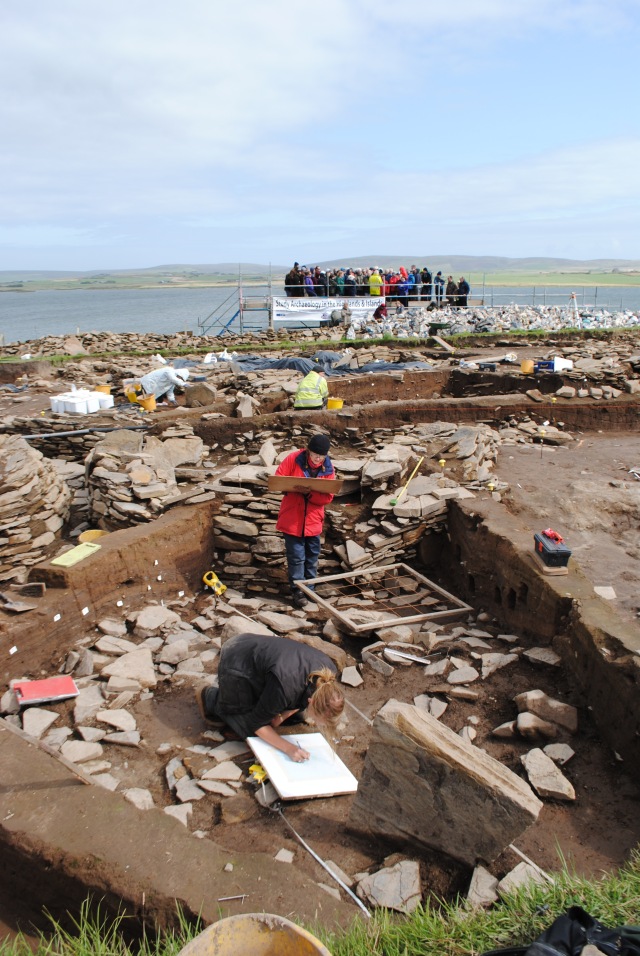
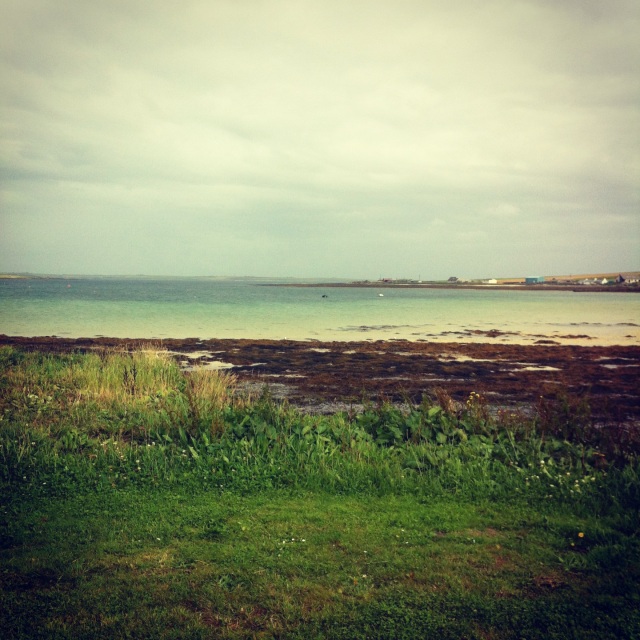
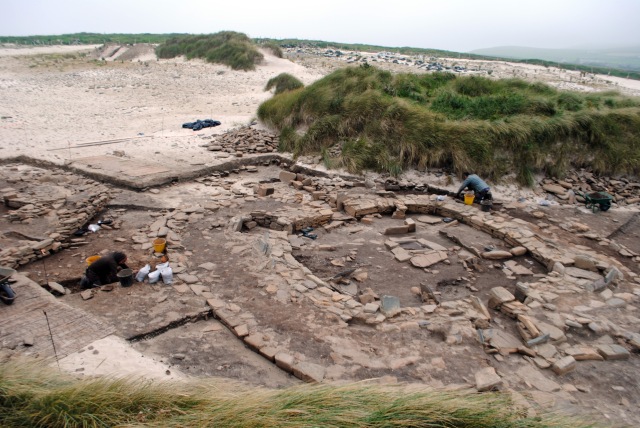

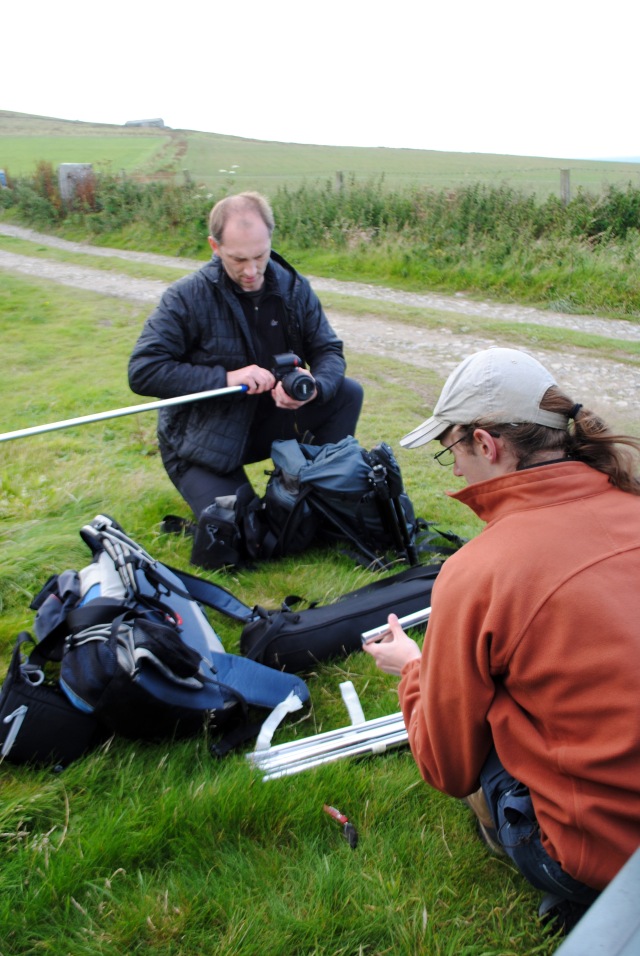
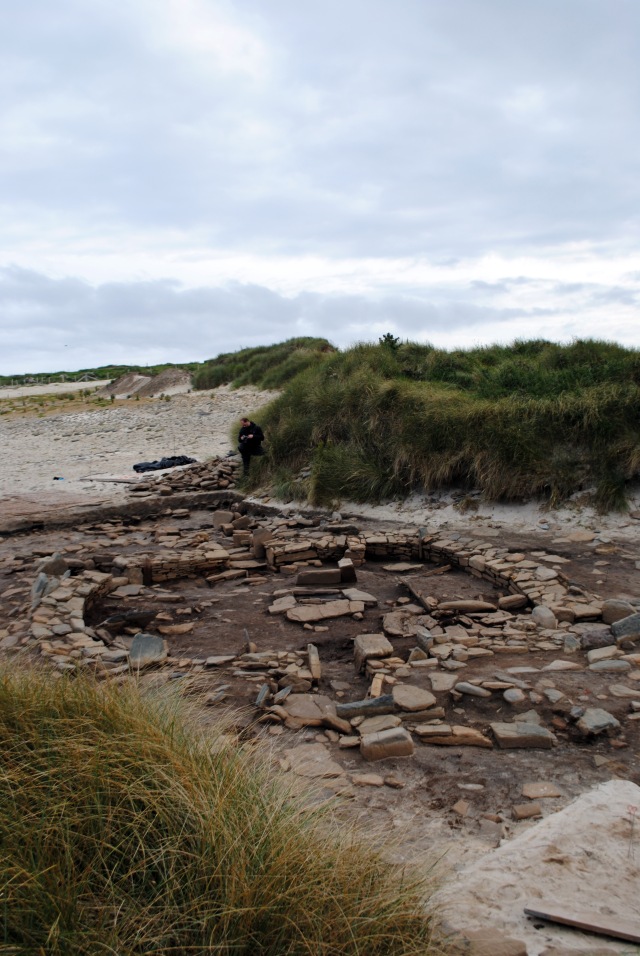
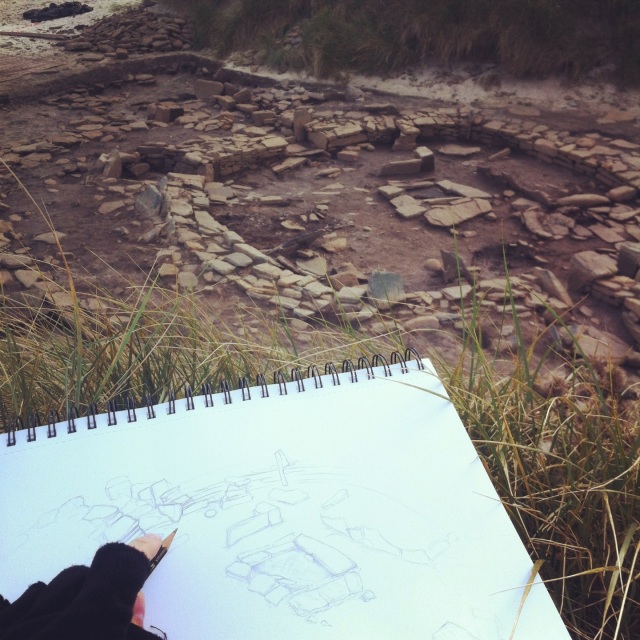
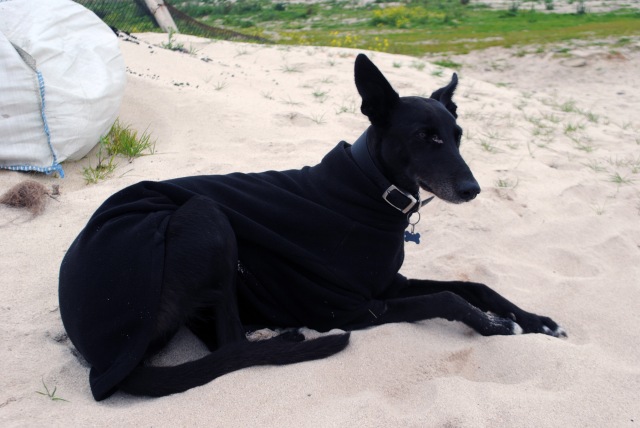
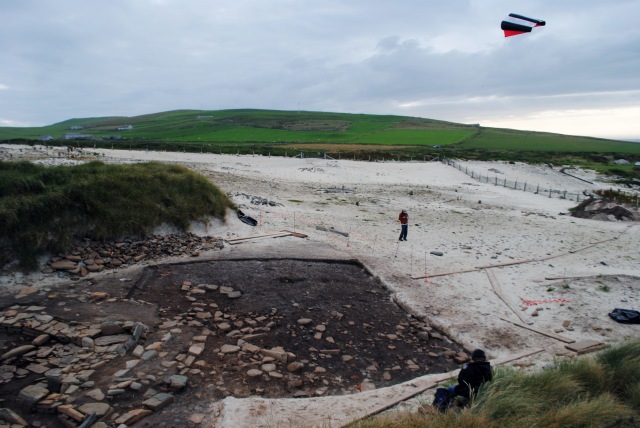

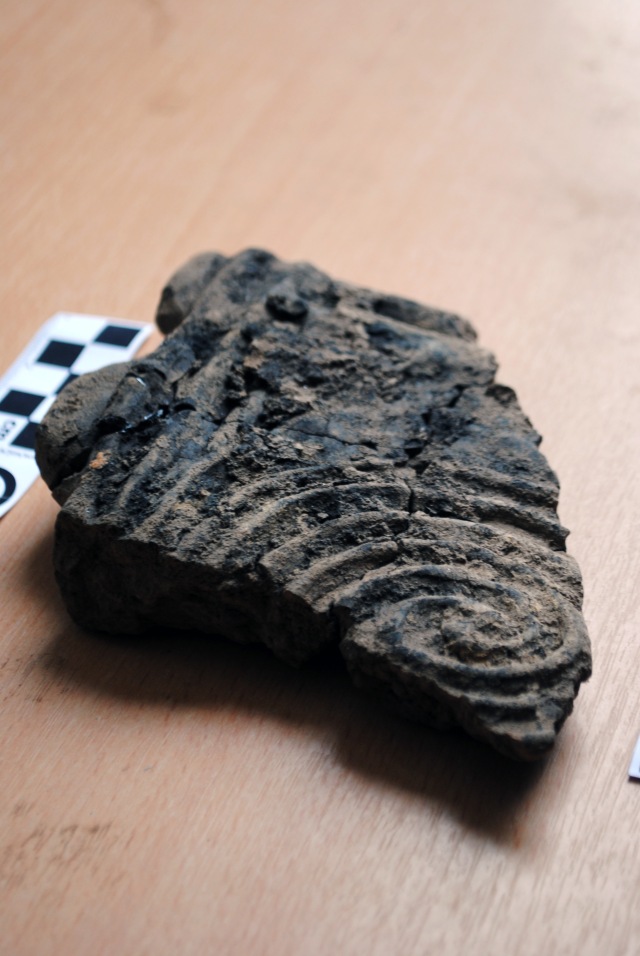
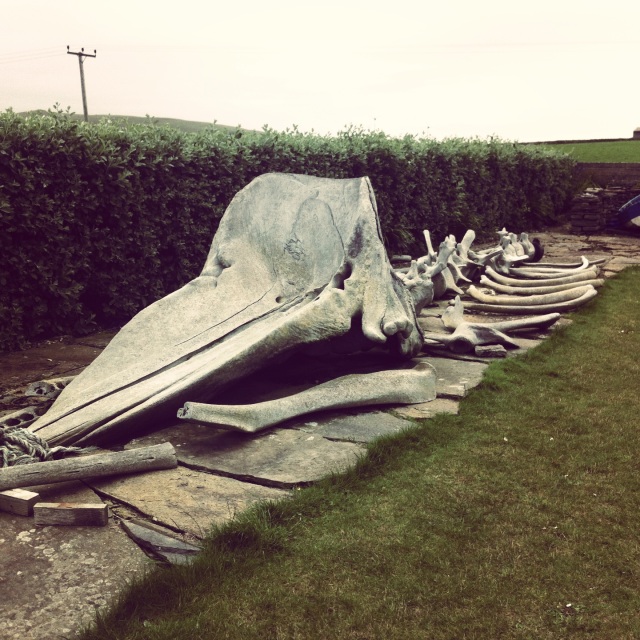
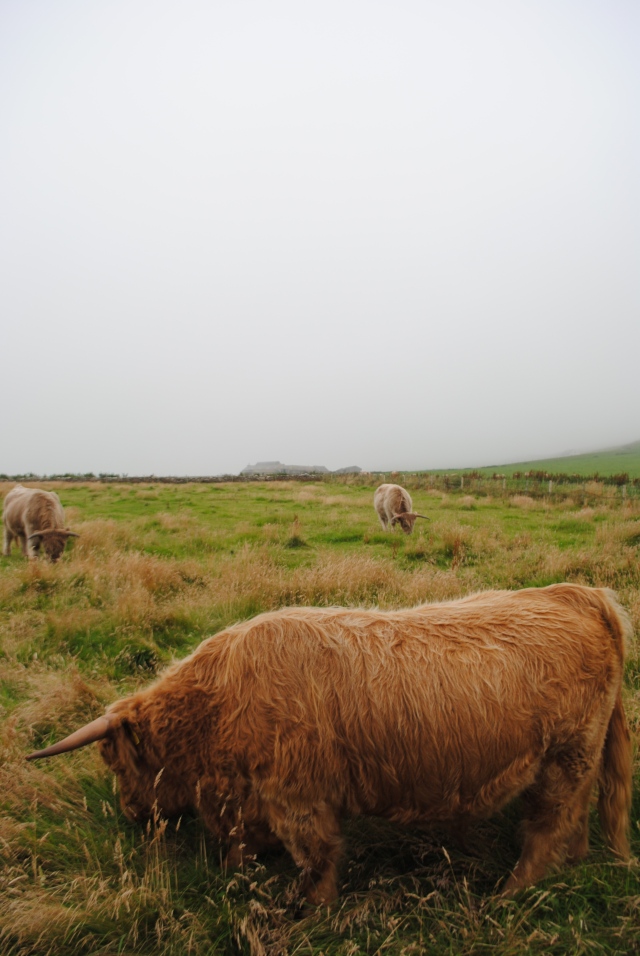





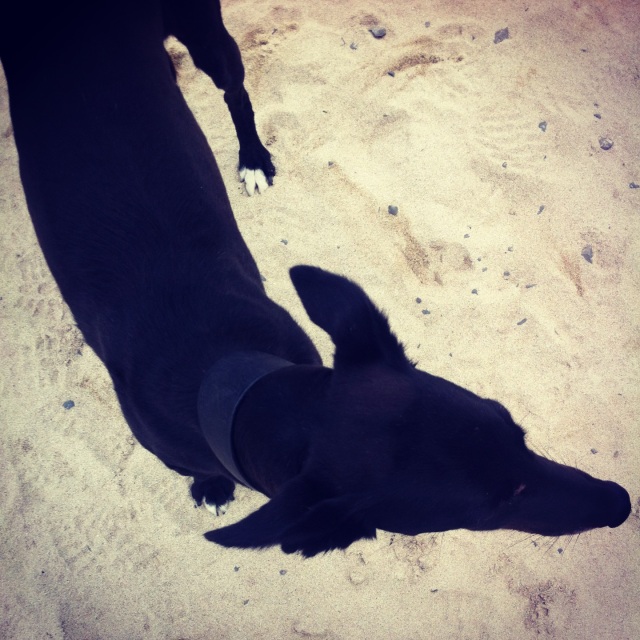
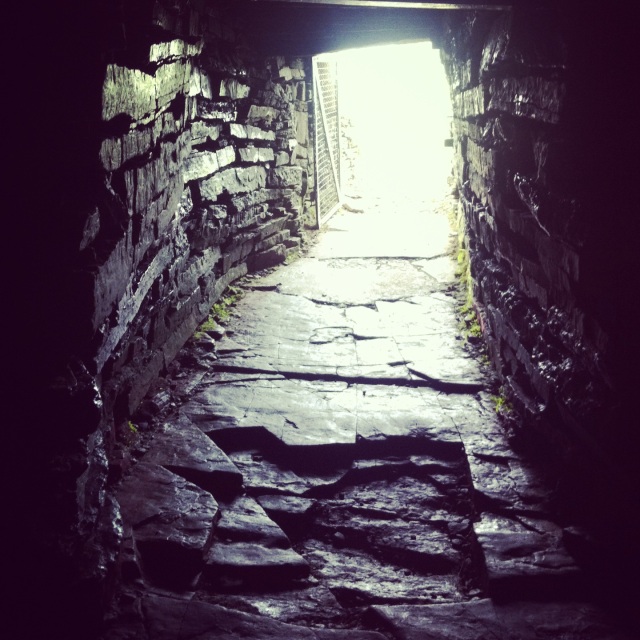
I wish we had cool stuff like this in Canada.
Hi – really enjoyed reading this and sorry I missed you at the Ness (I had a day off). Am off to Westray/Links tomorrow for the first time this year so am very excited. And I also just wanted to say how much I enjoyed the film. Plan to link it for a course I’m teaching on narrative and archaeology this year, getting all the students to watch it. Look forward to the next one! Mark Edmonds
Hi Mark,
Yes sorry we missed you at the Ness, Nick gave us a tour and showed us some of the carved stone back in the office – absolutely fantastic! Did you have a good visit to the Links? We’re all really enjoying the time we get to spend up on Westray for this new project, such a great site!
Thanks so much for linking the Skara Brae film to your course, it’s been so exciting to see it gaining a life of its own since we started showing it. I’ll keep updating the blog as the next project develops so you’ll be able to keep up to date!
Alice
[…] 2013 shaped itself up to be a great year in a number of ways, especially for my research and archaeological pursuits. It was the year I got a taste for aerial archaeology flying over Cumbria thanks to Kieran Baxter, the year we released our Digital Dwelling at Skara Brae film on the unsuspecting public, and also the year we began exciting new fieldwork at the Links of Noltland. […]
[…] be great to see Noltland win the category – not only because I’m currently involved in visualisation work for the site – but because it’s significance to the understanding of Neolithic and Bronze Age life in […]
[…] from the studies in accelerated time we continued our work from last season with photogrammetric recording of a selection of this years artefacts, 3D recording of the open […]